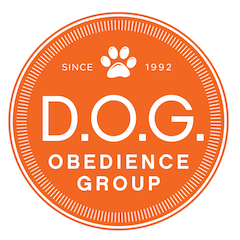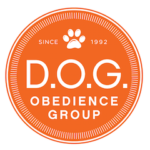
Unraveling the Canine Mind: Understanding How Dogs Learn
Introduction:
Dogs have long held the title of “man’s best friend,” and much of this bond is rooted in their remarkable ability to learn and adapt. From mastering simple commands to exhibiting complex problem-solving skills, dogs continually demonstrate their cognitive prowess. But what exactly goes on in the mind of our furry companions as they learn? In this exploration, we delve into the fascinating world of canine cognition to understand how dogs learn and the implications for training and enhancing our relationships with them.
Understanding Learning in Dogs:
At the core of canine learning lies the principles of classical and operant conditioning. Classical conditioning occurs when a dog forms associations between two stimuli, such as the sound of a clicker and the arrival of a treat. Operant conditioning, on the other hand, involves learning through consequences – behaviors that are rewarded are more likely to be repeated, while those that are not are likely to diminish.
Additionally, observational learning plays a crucial role in canine cognition. Dogs are keen observers of human behavior and can learn by watching us or other dogs. This social learning allows them to acquire new skills or behaviors by mimicking those around them.
Factors Influencing Canine Learning:
Several factors influence how dogs learn. These include breed predispositions, individual temperament, past experiences, and environmental factors. For instance, certain breeds, such as Border Collies, are renowned for their intelligence and quick learning abilities, while others may excel in different areas based on their breeding history.
Moreover, a dog’s age can impact its learning capabilities. Puppies are like sponges, soaking up information rapidly during critical developmental stages. As they mature, dogs may become more set in their ways, requiring patience and tailored approaches to learning.
Effective Training Strategies:
Understanding how dogs learn is essential for devising effective training strategies. Positive reinforcement, such as praise and treats, is widely regarded as the most humane and efficient method of training. By rewarding desired behaviors, we reinforce them, increasing the likelihood of recurrence.
Consistency is key in dog training. Dogs thrive on routine and clear communication. Therefore, consistency in commands, rewards, and expectations helps prevent confusion and accelerates learning.
It’s also crucial to consider individual differences when training dogs. What works for one dog may not work for another. Tailoring training methods to suit the unique needs and preferences of each dog ensures optimal results.
Building Stronger Bonds:
Beyond obedience training, understanding how dogs learn can strengthen the bond between humans and their canine companions. By engaging in activities that stimulate their minds, such as puzzle toys or interactive games, we provide mental enrichment and foster a deeper connection.
Moreover, recognizing and respecting dogs as sentient beings with their own thoughts and emotions enhances our interactions with them. By empathizing with their perspective and communicating effectively, we build trust and mutual respect, laying the foundation for a harmonious relationship.
Conclusion:
The intricacies of canine cognition continue to fascinate researchers and dog lovers alike. By unraveling the mysteries of how dogs learn, we gain valuable insights into their behavior and can optimize training techniques to nurture their potential. Through positive reinforcement, consistency, and understanding, we not only shape their behavior but also deepen our bonds with these loyal companions. As we embark on this journey of mutual learning and companionship, let us celebrate the remarkable abilities of our four-legged friends and cherish the enriching experiences they bring into our lives.

